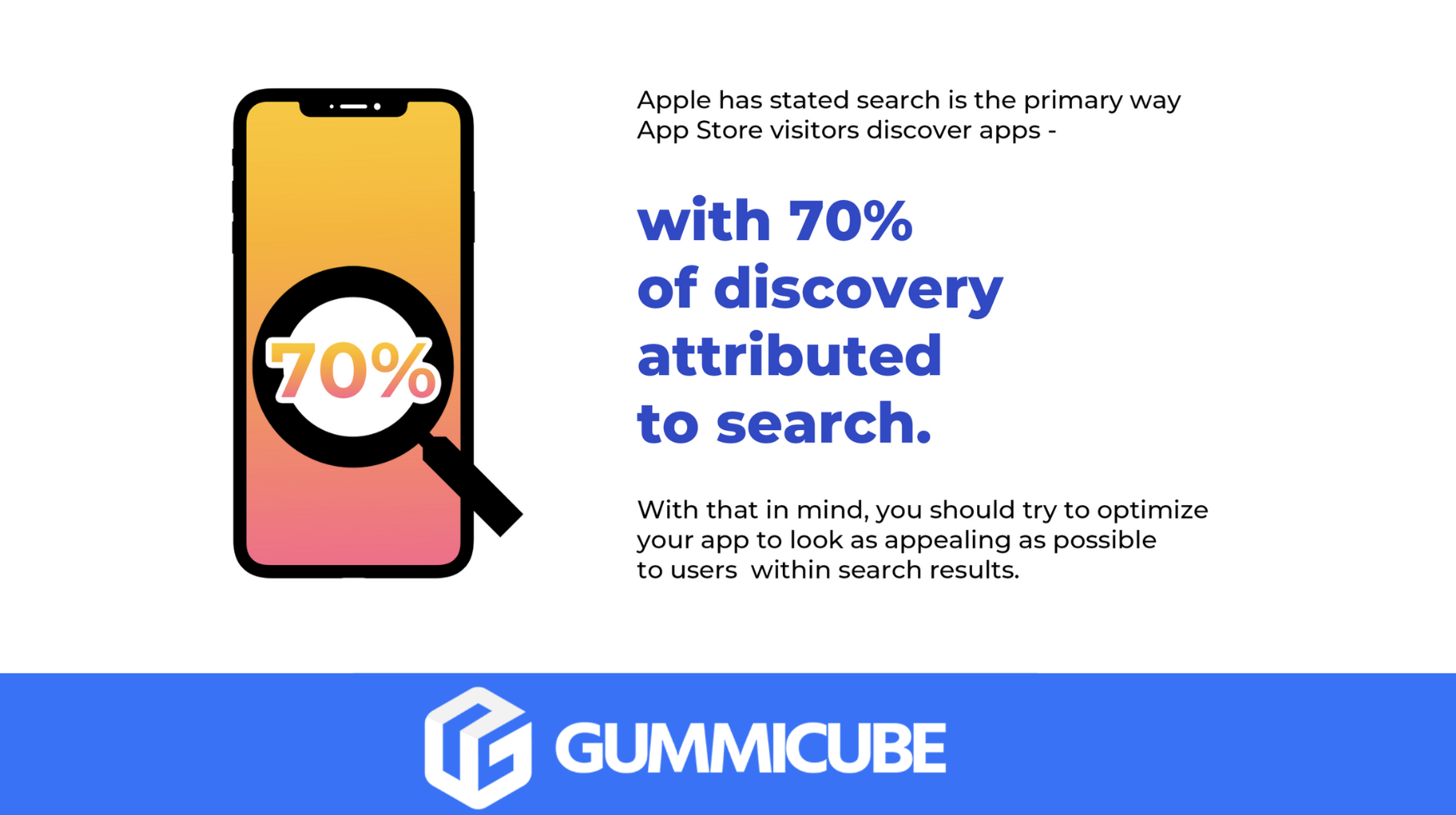
Google Play Games Expands: New Titles, New Audiences
Posted on March 21st, 2025
Google Play Games expands with new titles and PC support. Discover what this means for ASO and how to stay ahead in the evolving mobile gaming landscape.

Apple’s commitment to child safety continues to evolve, and later this year, significant changes will be implemented to the way the App Store handles age-based content restrictions. These updates will affect both the parental controls within the Screen Time feature and how age-restricted apps are discovered by children and adolescents. As these changes are set to roll out later this year, it's crucial for developers and App Store Optimization (ASO) professionals to stay ahead of the curve to ensure their apps maintain visibility and relevance in the marketplace.
In this week’s ASO News blog, we’ll take a deep dive into the anticipated changes, what they mean for app discovery, and how ASO strategies should evolve in response. This is an important moment for developers to reevaluate their app’s visibility on the App Store, particularly if their target audience includes minors or young adults.
At its core, Apple’s upcoming updates are about making the App Store safer for children and ensuring that parents have the tools necessary to manage the apps their kids can access. Here are the primary changes that will impact developers:
This change represents a significant shift in how apps are promoted within the App Store, and it will inevitably affect your app’s visibility if it falls within these higher age categories.
While the new age ratings are clear, the implications for app discovery on the App Store are somewhat more nuanced. Developers need to carefully consider how their apps will be impacted by these updates. Apple has been pushing for a safer, more controlled environment, and these changes are part of that ongoing effort.
However, these updates could restrict app visibility, especially in editorial and curated spaces, which are key to driving organic discovery and traffic. Here’s a closer look at where this could have an effect:
While these changes certainly put restrictions on featured placements, there’s one area where your app will still be visible: search results.

One of the most crucial takeaways from Apple’s new child safety updates is that search results will remain unaffected by the new content restrictions. Despite the fact that younger users won’t be able to access age-restricted apps through featured placements, search results will still show apps regardless of their age rating. If a 13-year-old searches for apps in a relevant category, they will still be able to see apps that are rated 16+ or 18+. This means that as long as your app ranks well in search results, it can still be discovered by users even if it’s not featured.
For ASO, this reinforces the need to continue prioritizing search optimization strategies, particularly keyword research and metadata optimization. Your app should still be optimized for relevant keywords, categories, and localized content to ensure that it remains visible in search results, even if its visibility in other sections of the App Store is reduced.
With these changes in mind, it's time to take action and adjust your ASO strategy accordingly. Here are several key areas to focus on in light of the new child safety updates:
Apple’s new age rating system is designed to help parents make more informed decisions about the apps their children can access. Developers should take this opportunity to review their app’s age rating to ensure it aligns with the content and functionality of the app. If your app is rated 17+, but most of its content is suitable for 16+, consider requesting a rating adjustment.
Since search results will remain unaffected by age restrictions, this is the perfect time to double down on search optimization efforts. Conduct thorough keyword research to identify relevant search terms that will help your app rank well within search results. Make sure to incorporate these keywords into your app’s title, description, and other metadata elements.
Given that apps with higher age ratings may be excluded from editorial features and prominent tabs, it’s important to monitor how your app performs in these areas. Use analytics to track how often your app is featured on the Today tab, Games, or Apps tabs. If your app is consistently excluded from these spaces, it could be time to adjust your ASO strategy to focus more on organic discoverability.
While you can’t A/B test app visibility or directly test the impact of Apple’s new age rating changes, you can refine your creative assets to better convert users within your target age group. Ensuring that your app’s screenshots, icon, and app store videos resonate with the demographic most likely to download your app can make a significant difference in conversion rates.
For example:
By testing different creative elements through A/B testing, you can refine your messaging to attract and convert the right users—without relying on visibility changes that cannot be tested.
As part of your app’s overall strategy, it’s important to clearly communicate the age appropriateness of your app. Ensure that your app’s age rating is clearly visible within the app’s description, and consider providing additional context about the app’s content to help parents make informed decisions.
Apple’s upcoming child safety updates will undoubtedly change the landscape for app discovery on the App Store. These changes could significantly impact how apps are featured and discovered, particularly for those rated 16+ or 18+. However, by focusing on accurate age ratings, refining your search optimization strategy, and staying on top of the evolving App Store landscape, you can continue to achieve success in an ever-changing environment.
Developers should be proactive, preparing their apps for these changes well in advance. Ensure that your metadata is fully optimized, monitor how your app performs in editorial placements, and continue to prioritize search visibility to ensure your app remains visible to the right audience.
At Gummicube, we’re ready to help you navigate these changes and optimize your app’s performance on the App Store. Our ASO services can help you refine your search optimization strategies, fine-tune your metadata, and stay ahead of Apple’s evolving guidelines. Let’s chat about how we can support your app’s growth and help you adapt to the latest updates in the App Store.

Google Play Games expands with new titles and PC support. Discover what this means for ASO and how to stay ahead in the evolving mobile gaming landscape.

Discover the March 2025 update to Apple Business Manager, and learn how it enhances device tracking, compliance, and operational efficiency for businesses.

Skype is shutting down in May 2025. Learn how this shift impacts the app market and what ASO strategies can help communication apps capture new users.